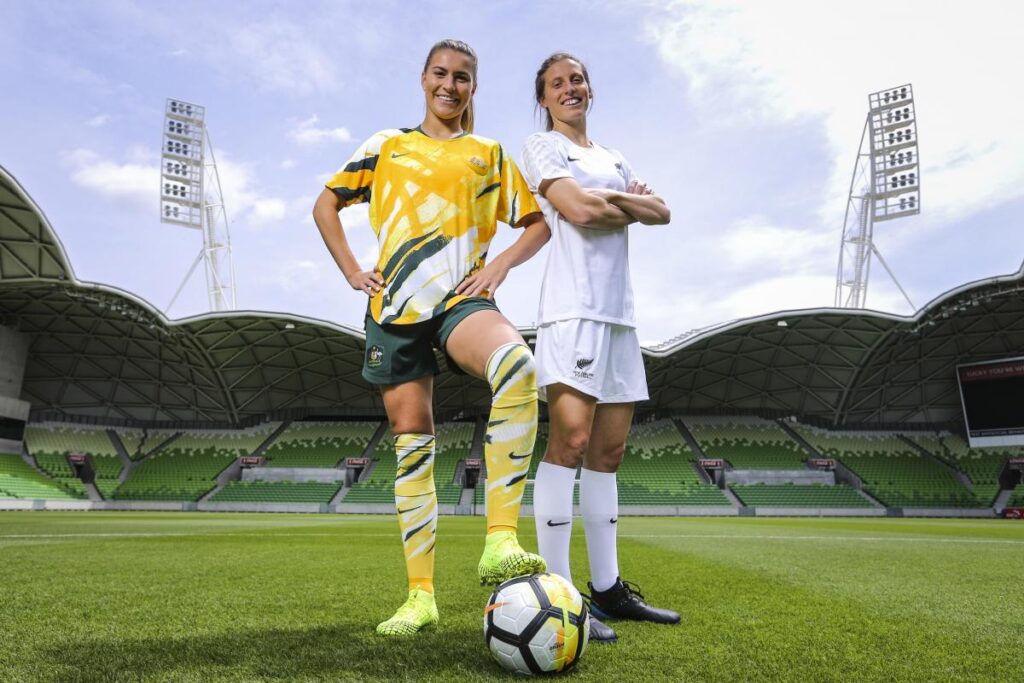Women’s football has experienced remarkable growth over the past few decades, particularly in Australia, becoming some of the most watched and entertaining matches played.
FIFA, the international governing body of football, projects that in 2026, 60 million girls and women will participate in football worldwide.

The success of the 2023 Women’s World Cup, taking place on our home soil, has demonstrated the sport’s growth, especially in Australia. The average attendance of 26,802 fans per game marked a significant 48% increase compared to the attendance 18,068 in France in 2019.
This is a far cry from where the game began. In 1922 a committee in Australia recommended that women should not play as it “was a medically inappropriate sport for women to play.” The game remained stagnant until the 1970s when Pat O’Connor campaigned, creating a national competition. The annual tournament was rotated around different states, resulting in costly travel fees for the participants.
“Some players couldn’t afford to be on that journey, or they had to go and do a lot of fundraising, a lot of lamington cake sales, all sorts of different kinds of fundraising activities that payers and their clubs and federations had to do to get to these places,” Reid told Al Jazeera.
But the next significant milestone for the women’s game in Australia was qualification for the 1995 edition, with Angela Iannotta becoming the first Australian to score a goal at a World Cup. Since then, the women’s teams have done well in World Cups, often reaching the quarterfinals.
“Some players couldn’t afford to be on that journey, or they had to go and do a lot of fundraising, a lot of lamington cake sales, all sorts of different kinds of fundraising activities that payers and their clubs and federations had to do to get to these places,”
– Reid to Al Jazeera.


Increased investment from major football clubs, federal governments and organisations has facilitated this national and international growth. Major clubs across Europe and other regions began creating professional women’s teams, providing female players with better opportunities and resources. These investments improved training facilities, coaching, and player development programs.
Overall, Women’s football has a bright future worldwide and in Australia as more women begin playing the beautiful game.
